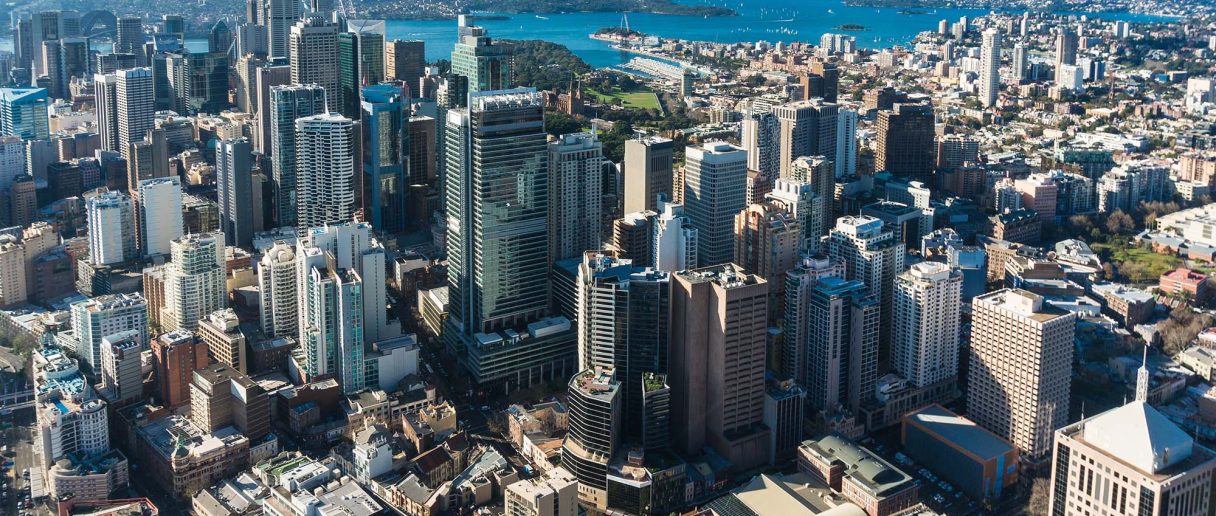Climate change; temperatures have soared, and the world is starting to take note, and rightly so – this is a focus that we at WIRSOL are extremely conscious of. Through education, documentaries, the media and the evidential change we have all witnessed with our own eyes in recent years, the concern has never been more present to adjust our ongoing behavioural patterns.
We have seen governments across the world driving more revenue into long-term action schemes that will positively impact the environment – renewable energy plays a huge role in fulfilling these targets.
According to the WWF (World Wide Fund for Nature), the world could be powered by renewable resources by 2050, however, it would require the right financial, political and societal decisions.
Australia is a prime example of how governments should be forward thinking – state governments have set renewable energy targets to encourage all parties (individuals and businesses) to work collaboratively and more consciously towards a cleaner future, driving investment into renewable energy.
An overview of the state based renewable energy targets are listed below:
-
- Australian Capital Territory (ACT)
100% renewable energy by 2030
- Australian Capital Territory (ACT)
-
- Northern Territory (NT)
50% renewable energy by 2030
- Northern Territory (NT)
-
- Tasmania (TAS)
100% renewable energy by 2022
- Tasmania (TAS)
-
- Queensland (QLD)
50% renewable energy by 2030
- Queensland (QLD)
-
- Victoria (VIC)
40% renewable energy by 2025
- Victoria (VIC)
-
- South Australia (SA)
50% renewable energy by 2025
- South Australia (SA)

The overall 2020 Renewable Energy Target is a pledge that was made in 2001 to show their commitment to renewable energy in Australia. The target was to increase investment into renewable energy and reduce greenhouse emissions, whilst becoming 23.5% powered by renewable energy by 2020.
An incredible AUD $10 billion has been invested into large-scale renewable power stations to contribute to this target. As well as 225,991 small scale-systems installed in 2017, with 2.9 million small-scale systems now installed in Australia (as of Q1 2019). The progress in the 2017 government report states that there has been 41% more capacity installed by households and businesses compared with 2016 records.
The Renewable Energy Target Scheme (RET) consists of two sections, the first being Large-Scale Renewable Energy Target (LRET). The second being the Small-Scale Renewable Energy Scheme (SRES).
The Large-Scale Renewable Energy Target provides a financial incentive for the establishment or expansion of renewable energy. The target is to have 33,000 gigawatt hours of renewable electricity generation in Australia by 2020. At WIRSOL, we have been open about our own mission to help contribute towards building a clean energy future.
The Small-Scale Renewable Energy Scheme provides financial incentive for small businesses, households and communities to install small-scale renewable energy systems – this could be small roof top PV solar systems or small-scale wind systems.
Information taken from the Australian Government’s, Clean Energy Regulator (May 2018) on the progress the country has made in 2017, showed that more than 2,000 megawatts of additional renewable energy capacity was installed across both LRET and SRES. This capacity is higher than any previous year – with the figure expected to double by the end of 2018, keeping Australia on track to fulfilling their 2020 Renewable Energy Target.
It was also said due to investment into large scale solar, such as single-axis tracking systems* and energy storage systems**, that this new capacity of extra supply is working towards the aim of lowering electricity prices across the country.

Germany is also taking necessary steps to combat climate change with the ‘Climate Action Plan 2050’, this was put in place by the German government in November 2016. The Climate Action Plan 2050 pledges to reduce greenhouse gas emission by 80-85%, alongside its on going commitment to the Paris Climate Agreement from 2015.
You may wonder why governments are acting now, and what importance this holds? The truth is, if we do not act now, the impact it will have on the future of our planet will be detrimental. The pollution that we are creating effects every aspect of our lives; the air quality, food quality, water quality and generally, our quality of life. Did you know that we are locked in with global temperatures soaring by 2% until 2040? It is what we do now that can prevent this temperature rising going forward.
We have discussed the effects that pollution, agriculture and plastic consumption have on our future, however with the plans these specific governments have in place, it can only lead to a positive impact for the face of our future. Let’s take a stand alongside our government schemes and combat climate change together.
* Single-axis tracking systems slowly turn rows of modules 120 degrees over the course of a day to track the sun from east to west. As a result, the amount of light hitting the solar modules increases, maximising the clean renewable energy produced. WIRSOL have used single-axis tracking systems on our Hamilton, Whitsunday, Clermont, Gannawarra and Wemen Solar Farms.
**Energy storage systems can be found at our 25MW/50MWh Gannawarra Energy Storage System in which we have installed a staggering 400 Tesla Powerpack Batteries. Energy storage systems create the ability to provide solar power at night by holding onto the extra capacity that is gained during daylight hours. The Gannawarra Energy Storage System is the largest battery storage system in Australia and amongst the largest in the World!








